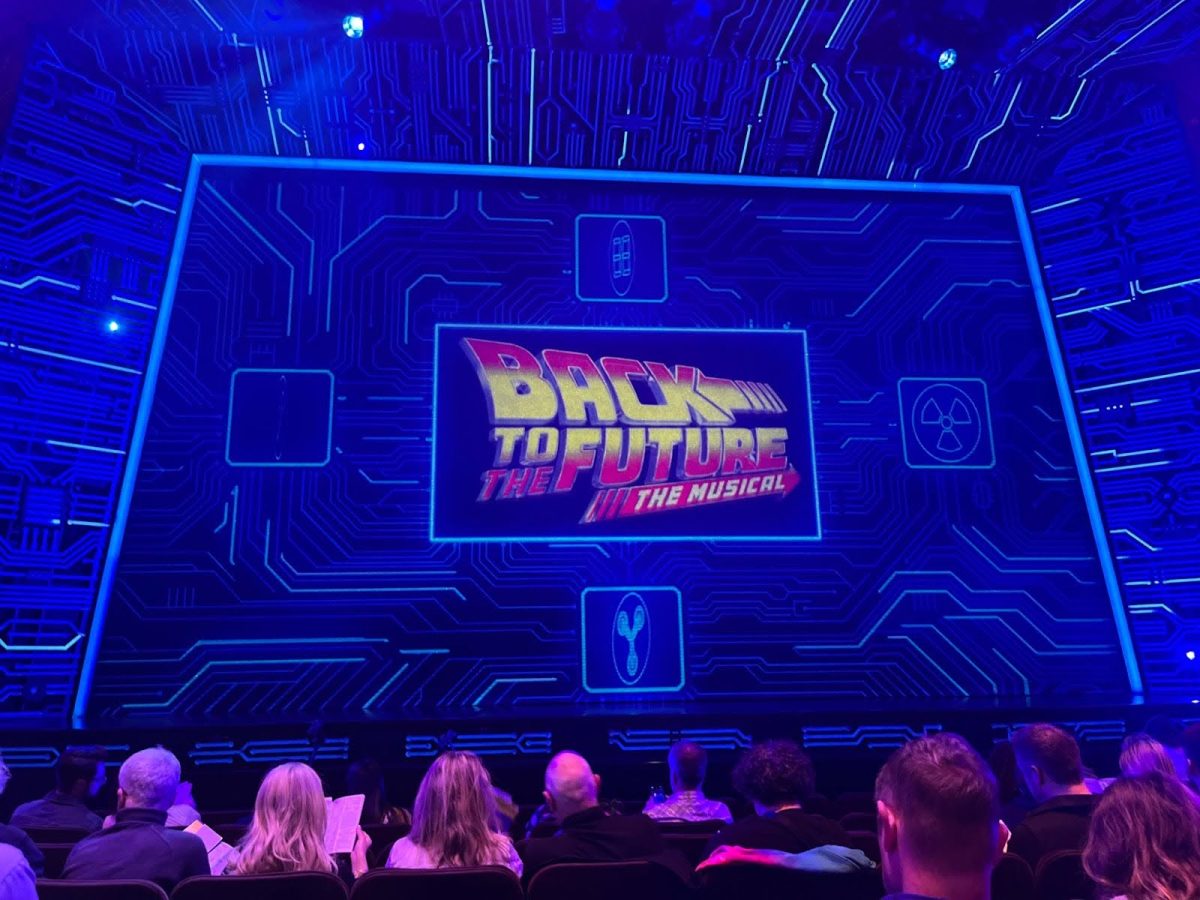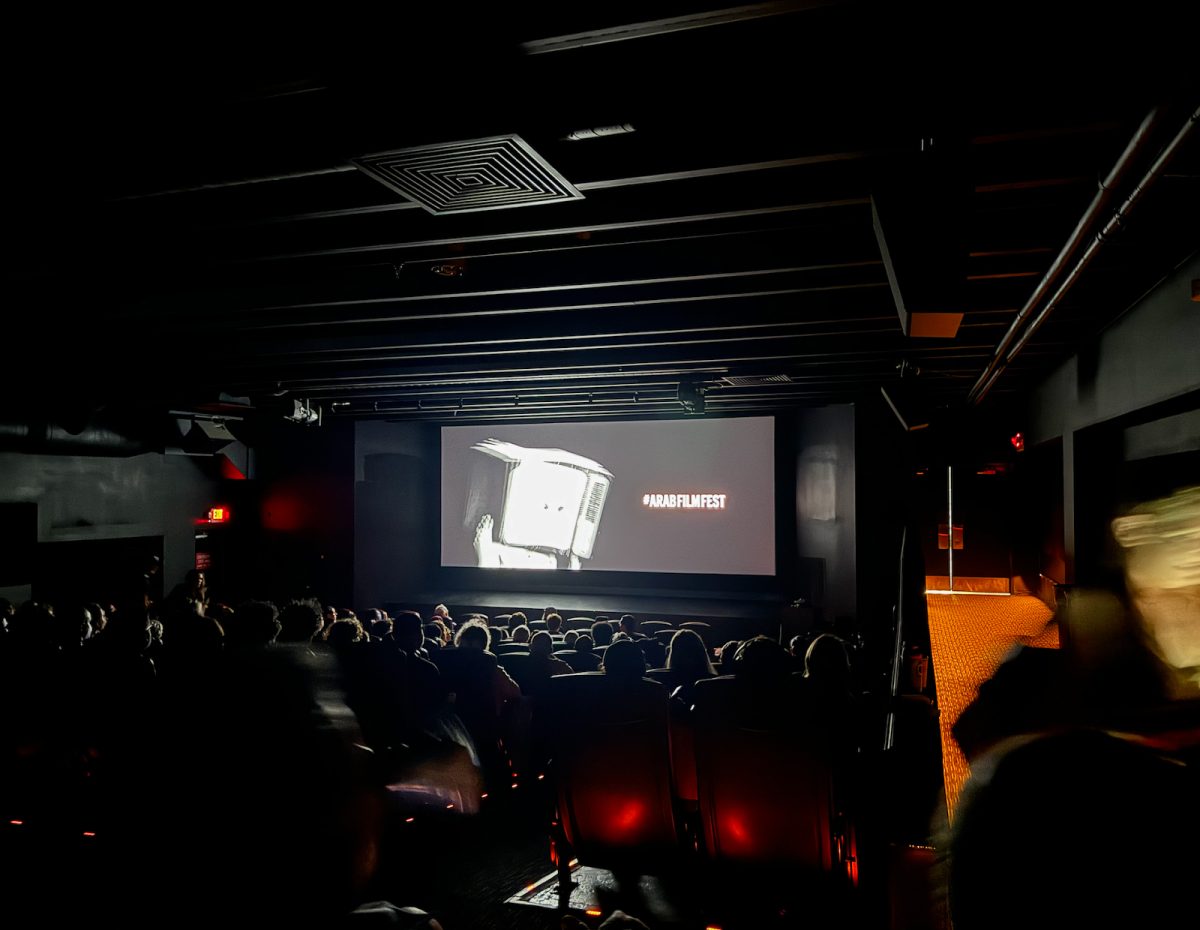Recreating iconic screen moments on a touring stage is a bold choice for a director. Regardless, Tony-winner Tim Hatley didn’t back down from the challenge of reconstructing the emblematic clocktower scene for the musical adaptation of Robert Zemeckis’s classic 1985 movie “Back to the Future.”
“Theaterly” reported that Hatley storyboarded the entire scene and built mock-ups of the set. Additionally, Hatley and his crew utilized projections and multiple set changes to bring the dramatic scene to life.
As a result, the time-traveling DeLorean hurls forward at 88 miles per hour, zipping through the streets of Hill Valley. Meanwhile, Doc Brown (Don Stephenson) repairs his experiment atop the clock tower. Suddenly, a black background and streaks of fire appear on the stage floor. Hatley’s innovative spin produced an atmosphere akin to an action-packed movie or an amusement park ride.
Crowds experienced that thrill in Minneapolis from Sept. 10-22 during the run of “Back to the Future: The Musical” at the Orpheum Theatre. Some attendees rode the high and took viewing attire seriously – I spotted at least one theatergoer cosplaying as Doc Brown.
Past reviews seemed skeptical of the musical’s success. Additionally, diehard fans of the quintessential film may find it sacrilegious to produce a full-fledged Broadway musical of the beloved flick. However, I can confirm that it did not disappoint.
Marty McFly (Caden Brauch) and George McFly (Burke Swanson) may be the leads, but Hatley’s 3D-printed DeLorean steals the show. The car, stuffed with carbon dioxide and smoke, rapidly accelerates on stage and even flies at the end.
The loudest roar from the audience by far came as the DeLorean spun into view at the Twin Pines Mall before Doc disclosed his creation, the flux capacitor, in the song “It Works.”
This wasn’t the first time I saw this musical, as I watched the show earlier this year on Broadway. I was curious about what elements designers would sacrifice on tour, as shows will usually eliminate some special effects due to the temporary nature of a touring show.
I left the theater pleasantly surprised, noticing minimal differences between the Broadway version and the touring cast. Even though the audience came for the DeLorean, the touring cast featured stellar acting, especially from Swanson. Swanson played George with perfection, nearly mirroring Crispin Glover’s legendary laugh. Swanson’s impressions stayed true to George’s character, creating a bond with the audience.
Even though Swanson’s performance replicated George from the film, I wish Swanson varied from the source material at times. Most actors in the show – aside from Stephenson’s Doc Brown – barely attempt to add their own interpretation. Refusing to deviate from the source material isn’t necessarily a sin, but it closes opportunities for unique interpretations and varied personalities. Instead, actors force jokes and references that only staunch supporters will understand.
Furthermore, book writer Bob Gale’s loyalty to his original plot makes certain songs superfluous. For example, “Got No Future” introduces Jennifer, Marty’s girlfriend, but we only see Jennifer twice more in the show.
Some reviewers also lambasted a mediocre score (Alan Silvestri and Glen Ballard), saying the songs were “so-so” as Frank Rizzo, a Variety reporter, wrote. I disagree. The score included upbeat and energetic songs while negotiating character development and introspection in others like “For the Dreamers.”
Several songs in the musical have a clear message. “Gotta Start Somewhere” sung by Goldie Wilson (Cartreze Tucker) – easily the best song in the show – introduces one of the show’s central themes: diligence leads to success. When Marty suggests to Goldie he should run for mayor in 1955, which he does in 1985, Goldie begins to believe in his potential. Complimenting the upbeat tempo, the song beautifully showcases Tucker’s strong vocals that echo far beyond the stage.
Similarly, the song “Put Your Mind to It” displays the moral of perseverance when Marty persuades George to seek out Lorraine, Marty’s future mother. George is hesitant to follow through and nearly succumbs to his fears. However, Marty supports George and changes his mindset. This lesson is accompanied by a catchy melody and dynamic dance break.
Despite the pitfalls of placing extreme faith in the original plot, “Back to the Future: The Musical” remains successful. Even though I am not a fervent fan of the trilogy, the magic of the car remains captivating, even a week later. The spectacular audio and visual effects will enthrall audiences, leaving them feeling 1.21 gigawatts lighter as they leave the theater.







